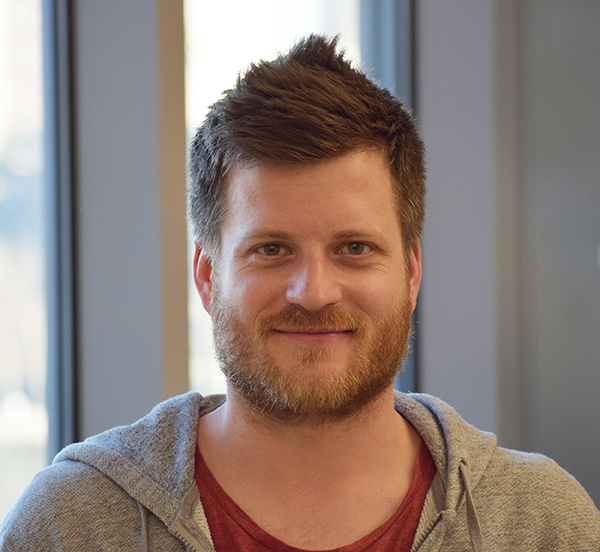Introducing MIMS-EMBL Group Leaders: Jonas Barandun - Structural Biology in infection medicine
Prior to joining MIMS as a group leader in spring 2019, Dr. Jonas Barandun was a postdoc in the group of Sebastian Klinge at the Rockefeller University, New York, USA. Dr. Barandun completed his PhD at the ETH Zurich in Switzerland, where he is also originally from

Can you tell me a bit more about your research and your background?
My PhD at ETH Zurich was really the foundation for my structural biology career. Here, I studied a unique post-translational protein modification in Mycobacteria. This involved working with x-ray crystallography and other biophysical methods to study the transition from disordered to ordered in an unstructured protein. I became very interested in flexible and dynamic biological systems and how we can use structural biology to capture and visualise these.
This interest led me to join the Rockefeller University in New York. The group of Sebastian Klinge was working on a project that involved studying ribosome biogenesis in eukaryotic organisms, a highly complicated and dynamic process. It was also around this time that cryo-electron microscopy was becoming an important alternative to X-ray crystallography, and, whilst I was there, Rockefeller purchased its first two cryo-EM microscopes. It was really useful for me to see how such a facility can be established and to also see research groups start to adopt the method. I was lucky to learn a lot and be surrounded by others doing the same.
What do you want to discover with your research?
I have two main research directions, but the unifying factor is cryo-EM. I would like to use this technique to study biological systems that are important for the infection process of pathogens. By using cryo-EM, I would like to discover the molecular features of pathogenic organisms for which genetic systems and culturing conditions have not been fully optimized. Cryo-EM allows us to explore the biodiversity of such organisms on a molecular level in an unprecedented way. In a nutshell, we want to obtain structural information that can then be used to develop novel therapeutic agents.
What do you hope to achieve in your first phase as Group Leader?
The one thing I would really like to do is hire motivated young researchers and train them so that they can become independent scientists. The hope is that they can then perform all of the steps involved in solving a structure on their own and thereby solve a biological problem. And, of course, I also want to obtain new insights into biological systems.
Do you see the potential for collaborations at MIMS and within the Nordic EMBL Partnership?
I have a few active collaborations with research groups in the USA and Switzerland, but I am also actively working with people here in Umeå. I’ve also previously met with some other researchers from the Partnership and hope that we can work together in the near future.
Have you always been interested in your field of research?
Not exactly. I actually started my career with an apprenticeship in information technology but soon realised that I needed to work with something different. I think that due to my IT background, structural biology actually felt like a logical next step because data analyses involves working with similar technologies and concepts.
What most excites you about your research?
The most amazing thing is when you discover something new, like solving a new structure and knowing that you’re the only one in the world who has seen it. That’s really exciting. And then sharing and discussing these discoveries through presentations and publications; I find that really motivating.
Visit https://barandunlab.org/ for more information.